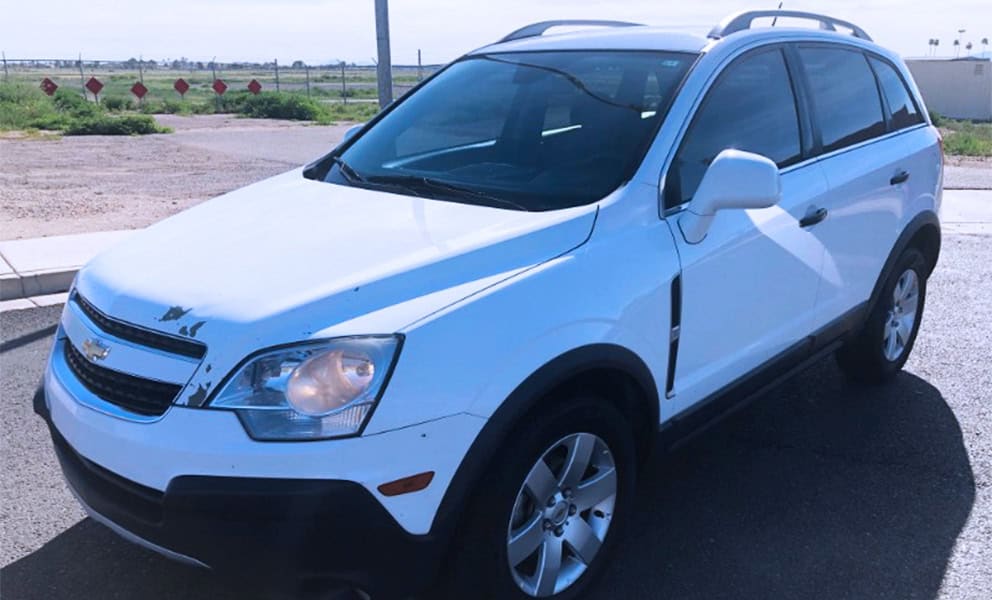Buying a used car in Costa Rica is a hit or miss proposition. The choices are endless, as can be the problems one encounters with the car after the purchase. Caveat emptor. Over the years in Costa Rica, I have owned a series of aging road warriors that began with a Jeep Curvito, followed by a Hyundai Excel, Isuzu Pup (pronounced poop), Isuzu Trooper, back to back Nissan Pathfinders, and a Jeep Cherokee Sport. The average car age was around 15 years at the time of purchase. Each was well-worn and came with its own set of defects.
Carless now for a few months, it was time to take the plunge and look for a new set of wheels. First, we looked locally–Perez Zeledon–but the only car in our price range had over 270,000 kilometers (170,000 miles). And it was the original engine. I spent the next couple of days communicating with various individuals with cars for sale in the greater San Jose area. I made up a list of 9 options, and my wife and I headed for the city.
For this car search, we brought along a secret weapon: my brother-in-law, an experienced and professionally trained mechanic who has worked in other countries and is not to be confused with the Tico-McGyver mechanics I have often used. The first thing he did when we met up was review my list.
Most of the cars were scratched either due to unreliability, scarcity of replacement parts, or terrible gas mileage. The first car we saw was a 2009 Suzuki Gran Vitara. We met the guy late Friday afternoon, in the rain, at a Mas por Menos parking lot.
My brother-in-law’s first reaction, as we pulled up next to the car, was that it was not a made-in-Japan Suzuki. He was correct, as it was a larger-than-typical model, with three rows of seats, made in Hungary. I liked the car. My mechanic did not. He plugged in his diagnostic tool and announced there were 9 codigos that came up. Codigos being flaws that needed fixing.
Worst of all for the seller was that the fix engine light seemed to have been disconnected, which was a big red flag for my brother-in-law. The seller became exasperated with my brother-in-law. He mentioned several times that the car had just passed Dekra and ran fine. Then he got in the car and drove off. I didn’t even take a test drive but felt like I may have dodged a bullet.
The next morning we tested a couple of other cars, neither was to my wife’s liking. So we made the half-hour drive to Grecia. If you have never been to Grecia, it is famous for two things: the striking red Catholic church, built almost 200 years ago out of sheet metal; and Costa Rica’s largest used car selection, a series of dozens of lots all located along the same stretch of highway. What the Hotel del Rey in downtown San Jose is (or was) for sex workers, Grecia is for used cars.
We spent much of the day going from place to place–some larger with fifty or more cars packed into a roofed area, some with only a handful of cars located on small, wedge-shaped lots.
Eventually, with the help of my brother-in-law, we found the best deal of the day, a 2012 Chevy Captiva Sport (which, I admit, is a model I had never heard of). Compared to most of the gajos I have owned in Costa Rica, this feels like I am gliding on a magic carpet as I drive it down the highway.
So it is with cars in Costa Rica, that we bought a 12-year-old vehicle with 130,000 kilometers (80,000 miles) for a bit over 10 thousand dollars– and were pleased with our purchase.






